Coal-fired power is getting more expensive.
Information from Vietnam Electricity Group (EVN) shows that the average electricity purchase price of all types of sources in the first 3 months of 2023 was 1,844.9 VND/kWh. This is the time when the electricity selling price was still at 1,864.44 VND/kWh. Thus, EVN's electricity purchase price is almost equal to the electricity selling price of this group before being adjusted up.
If other costs such as distribution, transmission, ancillary services, dispatching... are added, the purchase price of electricity will be higher than the selling price.
The chart below shows that coal-fired power plants cost up to nearly 2,000 VND/kWh. The reason is that coal prices remain high.
In addition, EVN also buys indirectly on the electricity market. The specific price as shown in the chart below shows that the price of coal-fired electricity is also up to more than 2,100 VND/kWh.
If wind power and solar power are included, the detailed electricity purchase price is as below:
Since May 4, the electricity price has been decided to increase to 1,920.3732 VND/kWh. At the press conference on the same afternoon, Mr. Nguyen Xuan Nam, Deputy General Director of EVN, said: This price increase helps EVN's revenue for the remaining 8 months increase by more than 8,000 billion VND, contributing to reducing financial difficulties for EVN.
Vietnam Electricity Group has also just sent a document to the Ministry of Industry and Trade proposing that customers connecting to a voltage level of 110kV or higher (usually factories and industrial parks - PV) must directly purchase electricity on the electricity market. If this mechanism is approved, EVN will no longer be the sole buyer.
These large customers will not need to buy electricity back from EVN as they do now. They can buy electricity at different prices during the day, for example, at low prices in the evening they can buy a lot, and at high prices in the afternoon they can buy less.
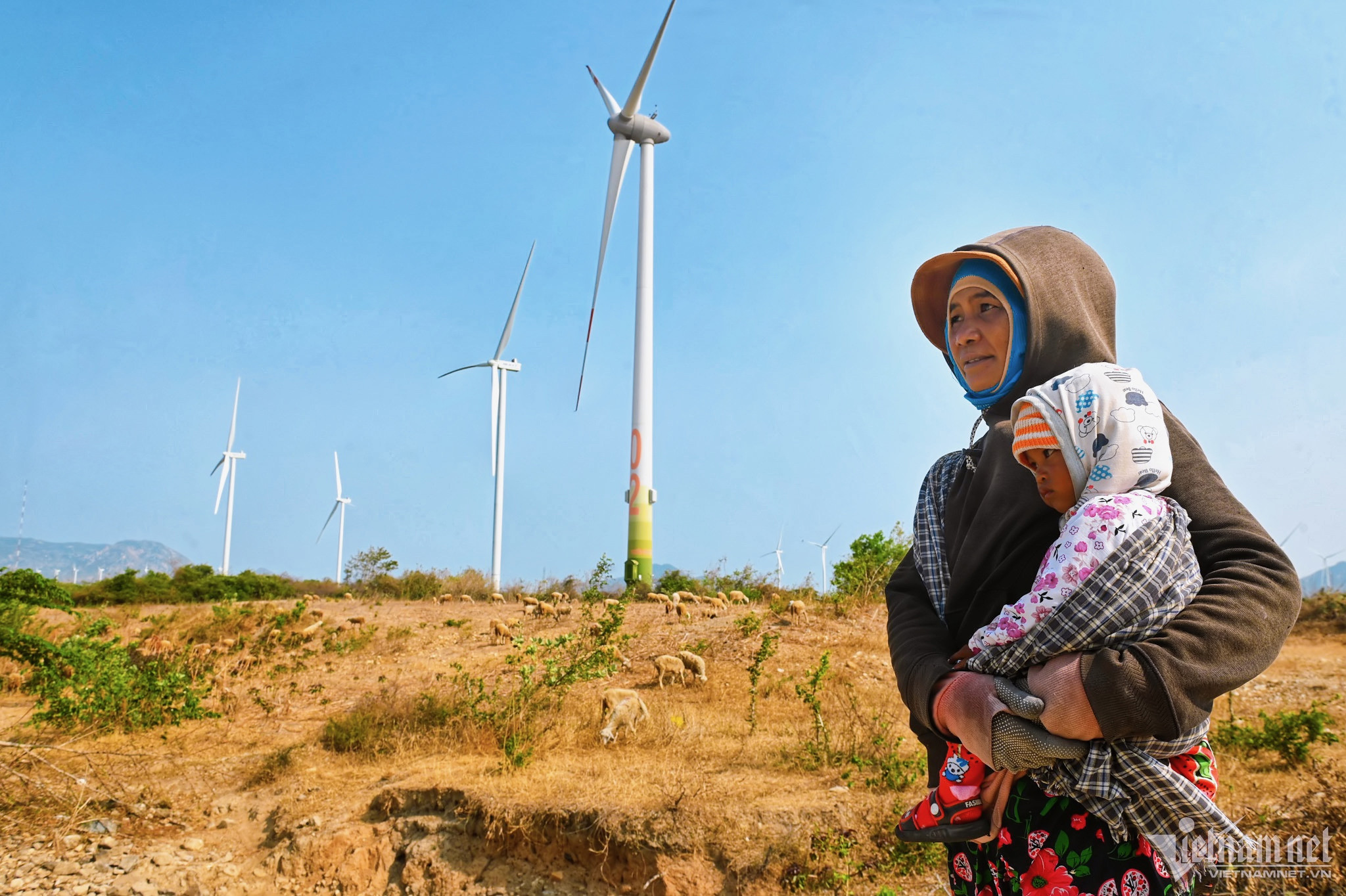
Still worried about power shortage
In EVN's report to the Ministry of Industry and Trade, the group warned of a critical situation in electricity supply.
For the days of April, although the North and Central regions have just begun to show signs of heat, the actual electricity output has increased. It is forecasted that in the following months of May, June and July, the North will enter the peak, the load of the national power system will continue to increase and be higher than the plan set at the end of 2022.
Recently, to ensure electricity supply, the National Power System Control Center (EVNNLDC) had to mobilize diesel generators from April 17, of which the most mobilized day was 2,498 MW of diesel with an output of 14,659 million kWh (April 21).
Meanwhile, EVN noted that hydrological developments were unfavorable. Hydropower reservoirs in the Northern region continued to have poor water inflow, with water flow in the first four months of the year being about 70-90% of the average of many years. Some reservoirs in the Central and Southern regions also had poor water inflow such as Dai Ninh, Tri An, Dak R'Tih, Song Con 2...
As of April 24, the water level of many hydropower reservoirs in the system has fallen to low levels, potentially affecting the security of electricity supply and serving people's needs during the remaining period of the 2023 dry season. Notably, 9 reservoirs have returned to or below the dead water level (total capacity of about 3,000 MW); 18/47 large hydropower reservoirs have a remaining capacity of less than 20%...
In 2022, hydropower with good water volume and cheap electricity generation prices has contributed to reducing the financial burden for EVN in the context of expensive coal-fired thermal power prices. If the water level in hydropower reservoirs does not improve in the coming time, the electricity supply situation will be very tense.
According to the forecast of the National Center for Hydro-Meteorological Forecasting, the El Nino phenomenon will occur in the last months of 2023, causing high temperatures and low rainfall compared to the average of many years. This makes the water flow to the lake in the last months of the year continue to decrease.
EVN also anticipates extreme situations that could affect the ability to supply electricity. These include peak capacity in the North increasing by 15% compared to the same period in 2022 (long hot days); generator failures or slow progress in repairing and putting new sources into operation; water levels in large hydroelectric reservoirs dropping sharply...
"At that time, the Northern power system will not be able to meet peak loads in May and June with the largest estimated capacity shortage of about 1,600-4,900 MW," EVN warned, adding that it must consider solutions to save electricity, even cut off power in some extreme situations.
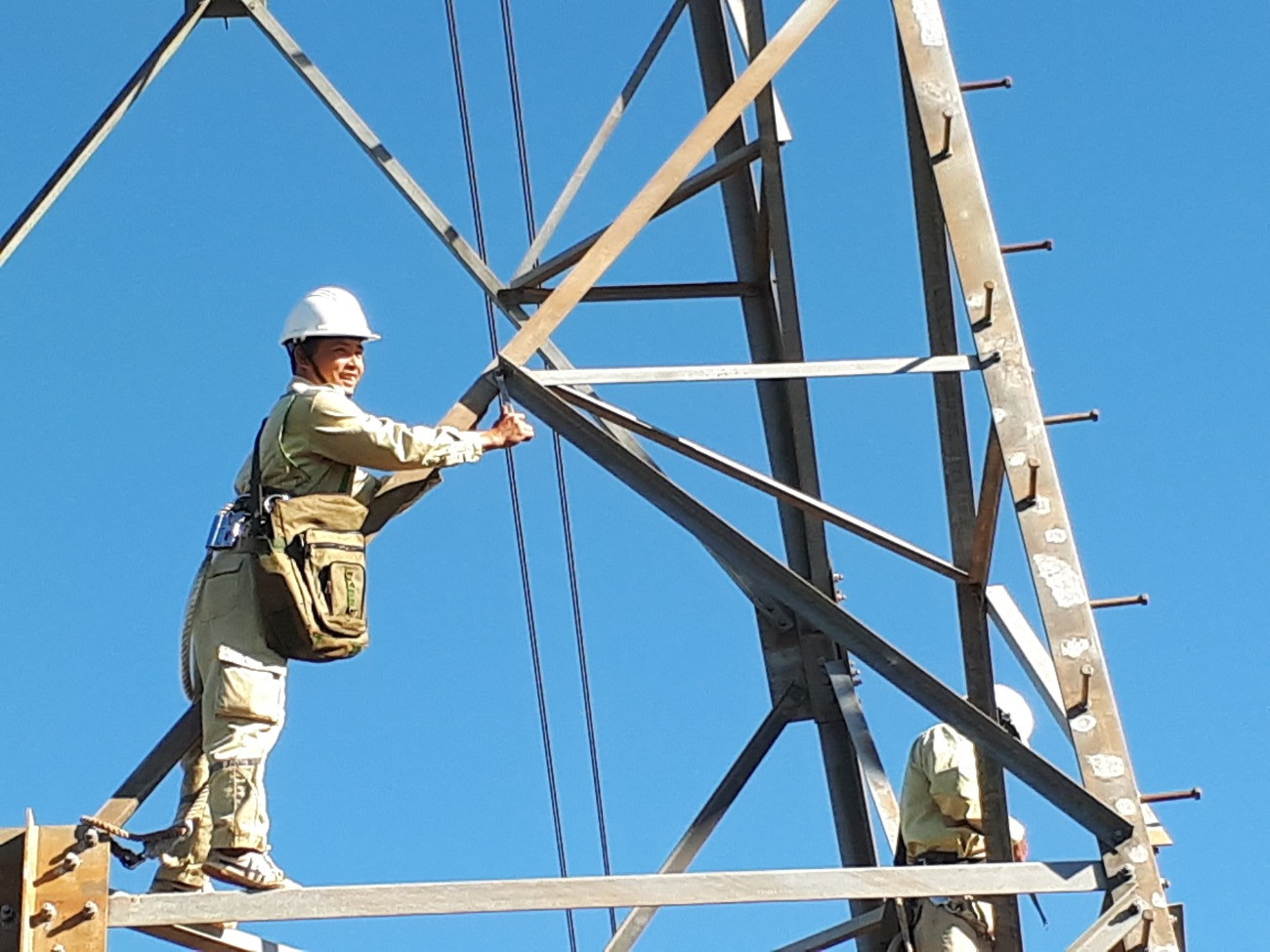
Source





















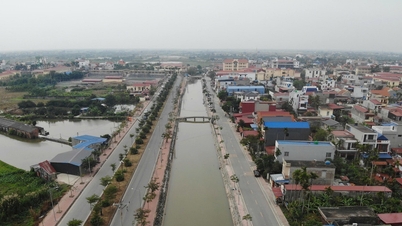









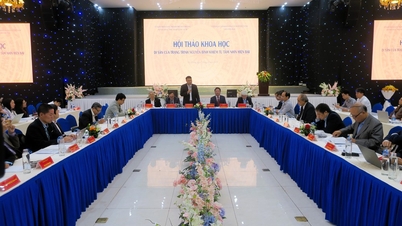




















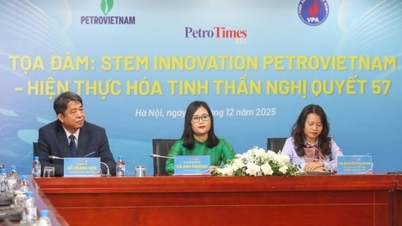


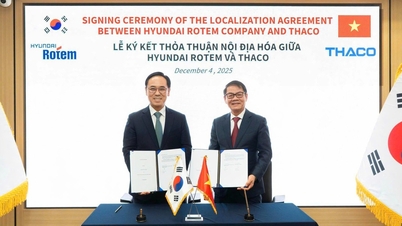




















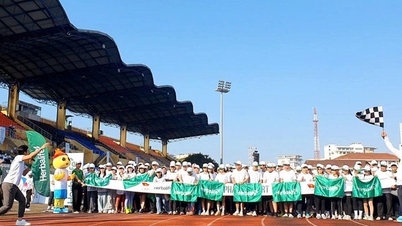


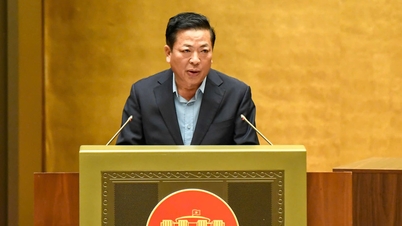



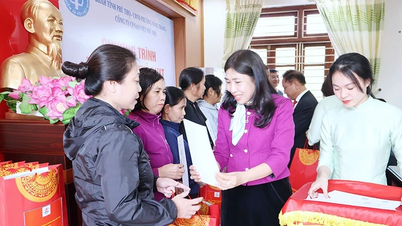























Comment (0)